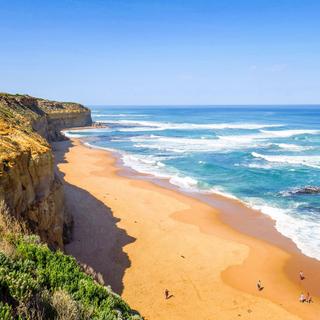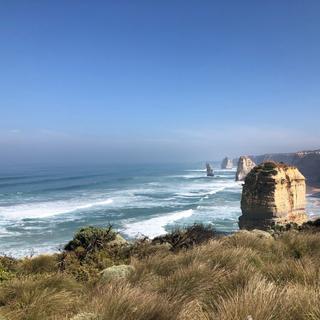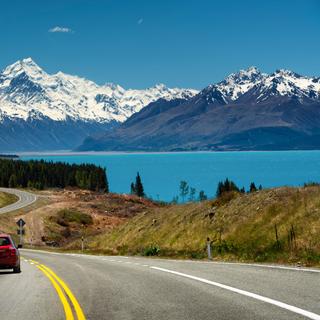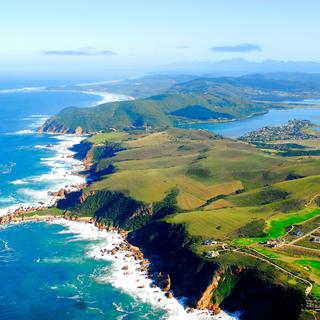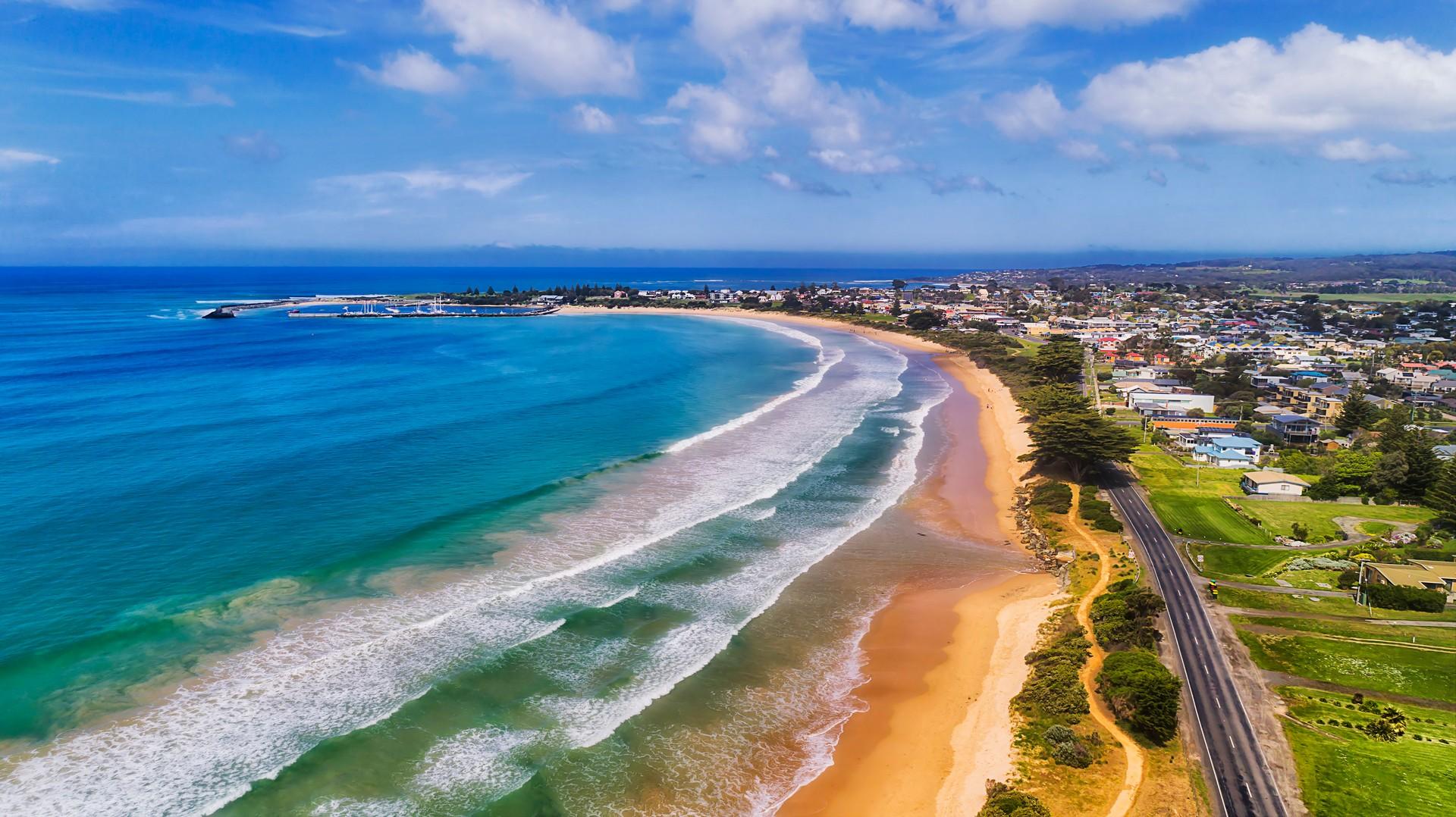
Victoria - Australia climate 2025

Victoria - Australia climate 2025
Weather charts for Victoria - Australia
Destinations nearby and activities
Destinations nearby
Activities in Victoria - Australia

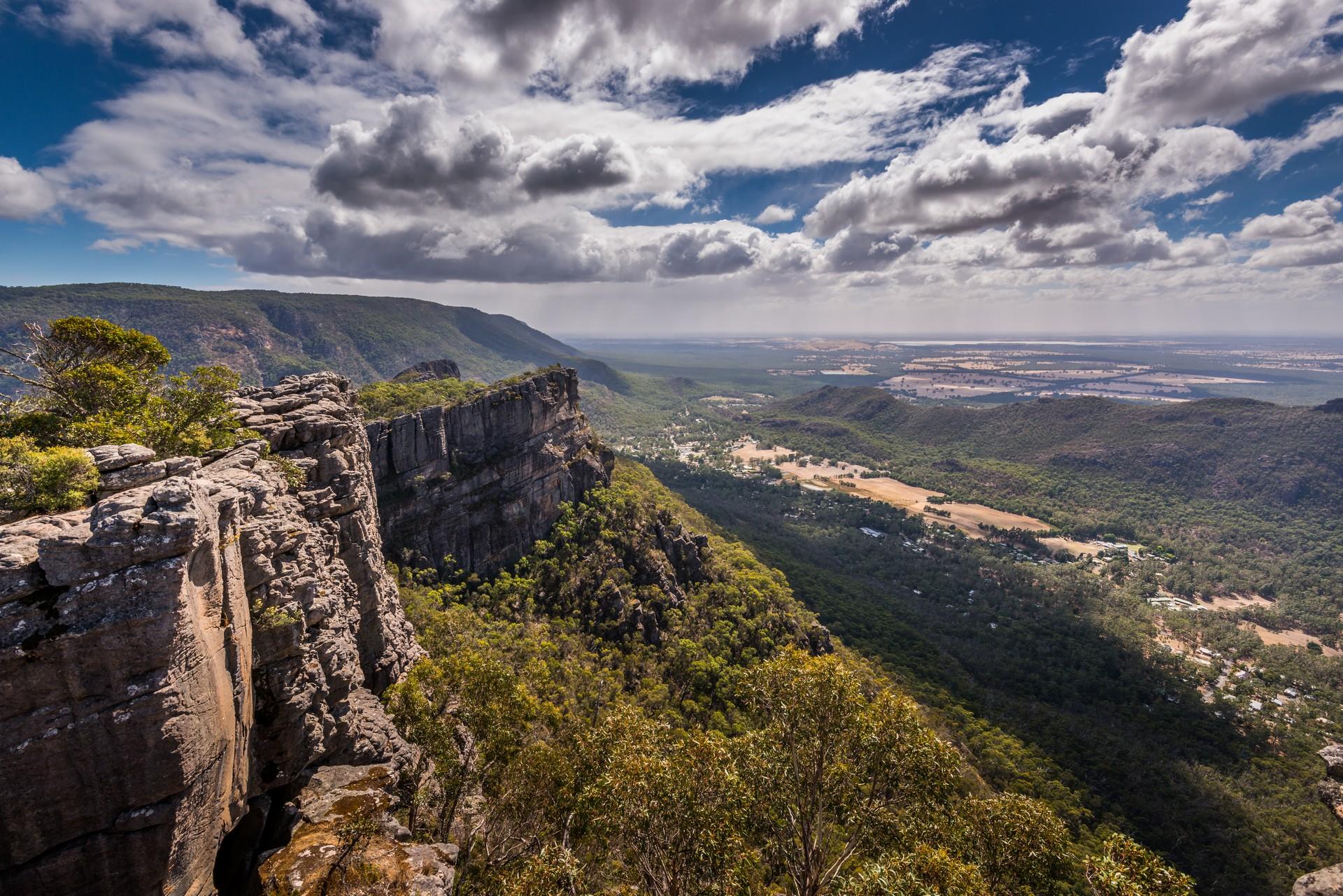
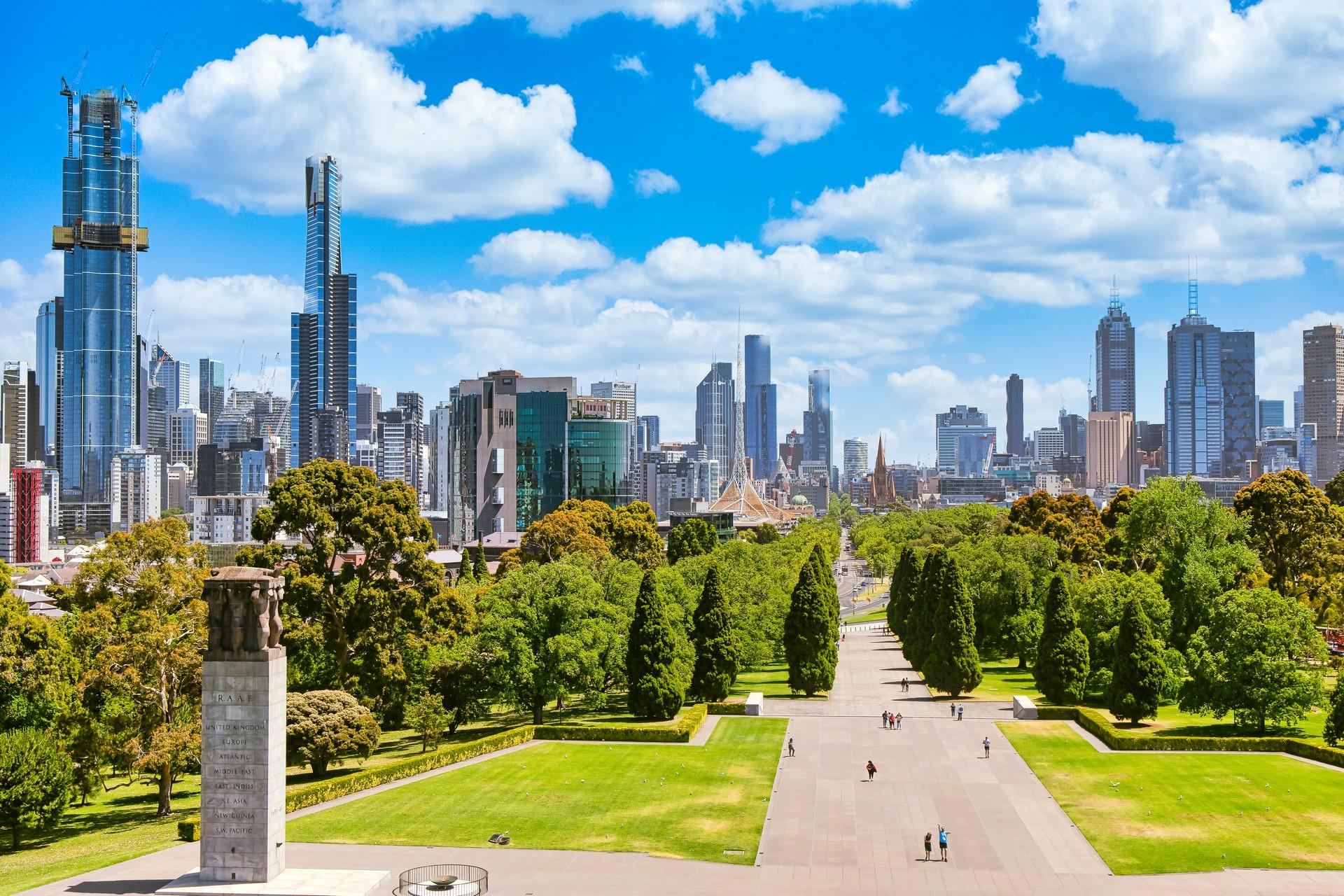
Find more destinations like this
Destinations in Victoria - Australia
Destinations with similar weather to Victoria - Australia
Climate overview and FAQs
Climate overview
Victoria (Australia) is a region with a hot climate. The day temperatures range from 14 °C (57 °F) in July to 24 °C (76 °F) in February. The least rainy month in Victoria is February with its 6 days of rain, the rainiest month is August, when it rains 14 days. Sea temperatures are in the following range: 12 °C (54 °F) in August to 19 °C (66 °F) in February. Temperatures during the night go from 7 °C (44 °F) in July to 14 °C (58 °F) in February.
What is the best month to visit Victoria?
The best time to visit Victoria is between January and February. During this period, temperatures are between 24 °C (76 °F) - 24 °C (76 °F), night temperatures are between 14 °C (57 °F) - 14 °C (58 °F), rainfall averages 7 days per month, and 8 hours of sunlight on average. The sea temperature at this time of the year is around 18 °C (65 °F) - 19 °C (66 °F). For non-beach activities, such as sightseeing, hiking in nature, the best time to visit is January - March.
What months is the dry season in Victoria?
The time, when it's dry in Victoria is between January - March. In this period it is raining on average 7 days and approximately 42 mm (1.66 in) precipitation falls per month, which are values below average.
What is the humidity in Victoria?
Victoria belongs to destinations with lower humidity. It is in the range of 54 % - 75 %. The most humid months are May - July and the least humid are December - March.
Which months have the highest daily temperature in Victoria?
The hottest month in Victoria is February with a temperature of 24 °C (76 °F). The period with the highest daytime temperatures is in Victoria during December - March. The temperatures range at this time between 22 °C (72 °F) - 24 °C (76 °F).
What are the night temperatures in Victoria?
In Victoria, night temperatures between 7 °C (44 °F) and 14 °C (58 °F) can be expected during the year.
Is it windy in Victoria?
Yes, Victoria is an above-average wind location with a wind index of 5 - 6.
Is it freezing a lot in Victoria?
No, you are unlikely to experience frosts in Victoria.
Which month is the sunniest in Victoria?
The period, which is the sunniest in Victoria, is in the months of December - February, when there is an average of 8 sun hours per day.
What is the least cloudy season in Victoria?
The least cloudy months in Victoria are December - March, when the cloud cover is on average only 43 %.
